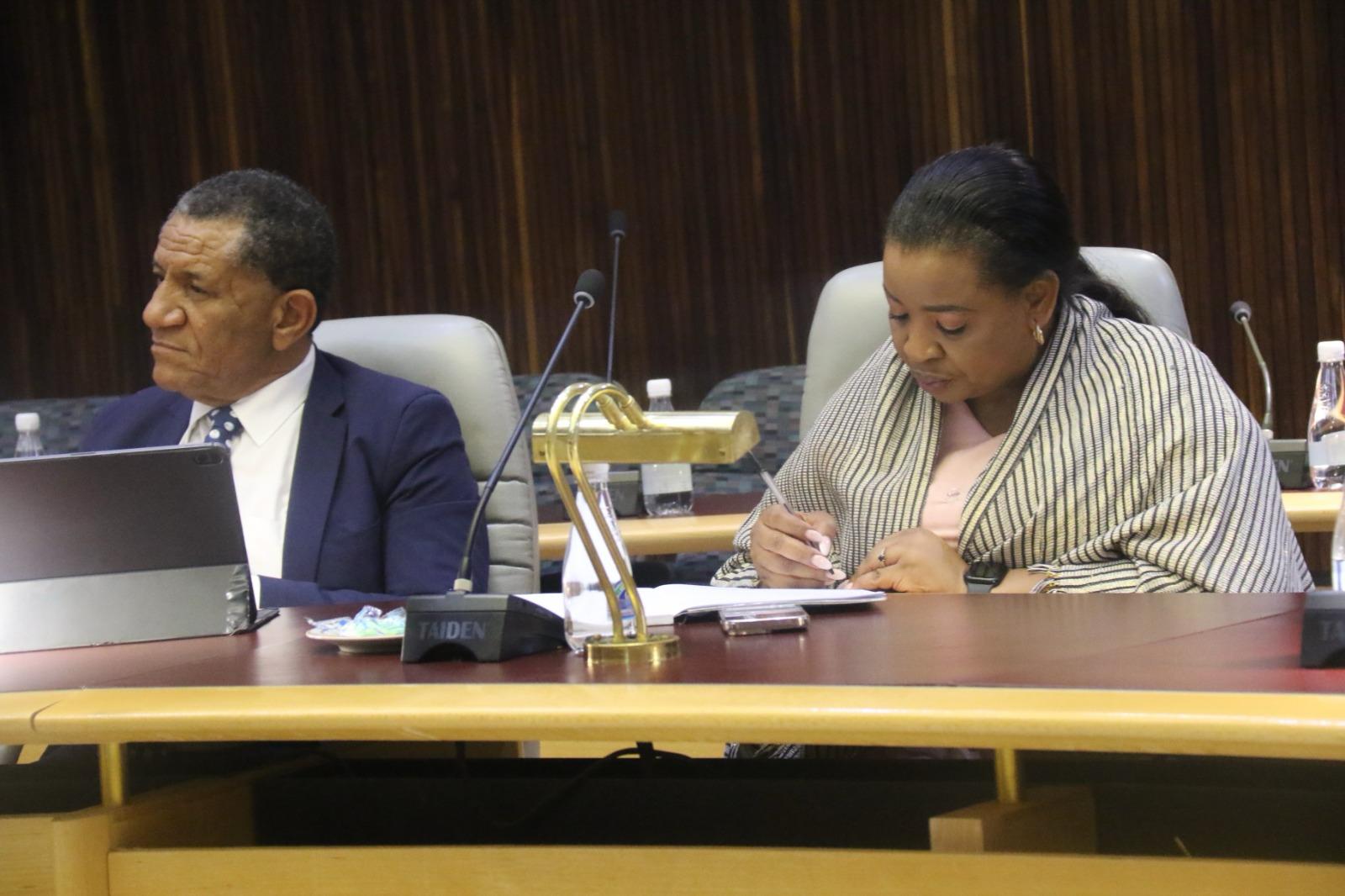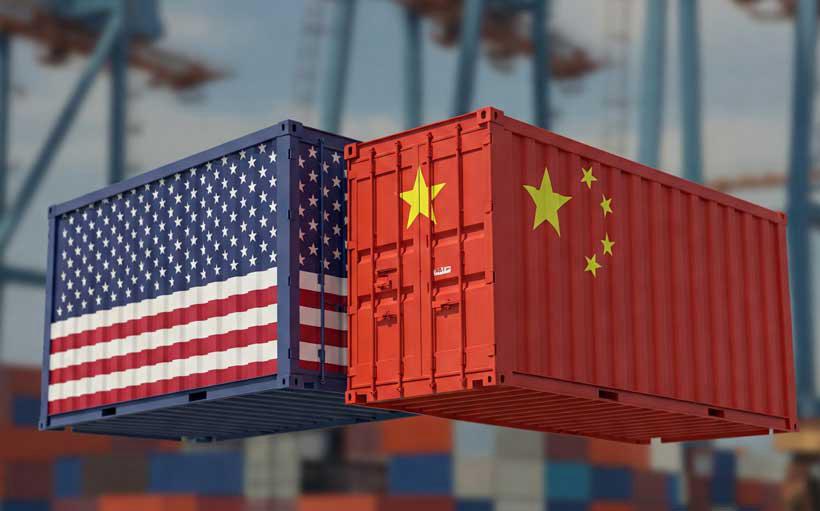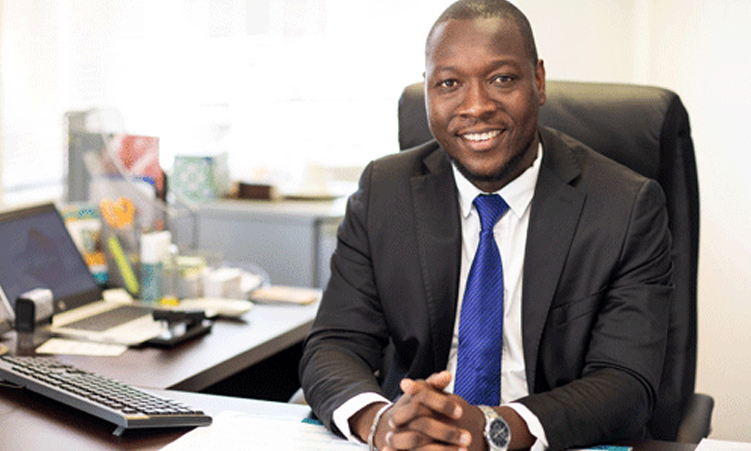DESPITE the provisions of the Traditional Authority Act, it has always been an uphill battle for smaller or perhaps politically ‘peripheral’ and ‘insignificant’ ethnic groups, in Namibia, to have chiefs of their choice officially recognised by the central government.
The political equation is thus always tilted in favour of the strong ethnic groups in the country. The main culprit in this case has always been the Ministry of Regional and Local Government, under which traditional matters reside, and which tends to dilly-dally in such instances. The saga surrounding the non-recognition of the Ovazemba Chief, Jonas Kanakemwe Tjikuria in the Ruacana region has become a source of tribal tension in Omusati. This problem is just one of many similar cases countrywide. Back in the mid-90s the San people at Bagani were being coerced to accept Chief Erwin Munika Mbambo, of the Hambukushu, as their chief. It was my suspicion that this move was because Chief Mbambo was a Swapo supporter.The same scenario seems to be playing itself out in Ruacana where Chief Daniel Shooya, who is based at Onesi in the Omusati Region, is now being imposed on the Ovazemba community because he is regarded by government as the Chief in the area. This again has similar political undercurrents to it because Shooya is a Swapo member but is a non-Omuzemba.But the Ovazemba community want a number of issues addressed urgently. These range from name changes, an own chief and the re-drawing of the border. First, the Ovazemba people say that the name ‘Ruacana’ has been messed up beyond recognition because the proper name should be ‘Ruhakana’, which was the name of a local leader in those parts and when he died years ago the area adopted his name. But the colonisers and those who came after them were stuck with the name because they couldn’t pronounce it properly. The other name is ‘Omindamba’ which should be called ‘Mundamba’ – also named after a prominent personality in the area at the time. The other name which the community here want changed is ‘Oshifo’ to ‘Omuanauatjihozu’. The issues of names are important because they represent memory, remembrance, social and political history of a people.Thus the community feels that it is a misrepresentation and distortion of their history which must be corrected since the country is now independent. The other concern raised by the community is the Ruacana incorporation into the Omusati Region instead of Kunene Region where most of their people live. This, they say, seems reminiscent of the Berlin Conference of 1884 where the African continent was arbitrarily sliced into chunks of territories now making up the 50-plus African countries without regard to culture, language, customs etc. That the Namibia Delimitation Commission set out, immediately after independence, to divide the country into the present 13 regions, was in their view a ‘mini’ Berlin Conference and might have been politically motivated. They could be right because if one looks at the breakdown of the N$9,1 billion earmarked for Tipeeg (Targeted Intervention Programme for Employment and Economic Growth), of that amount, N$5,1 billion went to the 4 northern regions (Oshikoto, Omusati, Ohangwena and Oshana) and only N$4 billion went to the other 9 regions of the country. But it is on the issue of an ‘own chief’ that people in this area feel most strongly. Apparently the Ovazemba didn’t have an elected chief before independence but after 1990, they, like all other groups and citizens of the country decided to appoint their own chief as the law governing traditional matters stipulates. Several requests have been made to the Ministry of Local Government since 1994, and up until now the community is still waiting for a positive response to their request for an ‘own chief’. But feedback they get from the Ministry is that they have to fall under the Ovakorongaze, an Oshiwambo sub-clan, with whom they don’t share the same language and culture nor do they live on the same land. They thus want to know why the Government wants them to fall under the traditional leadership of another tribe. And because they have no chief of their own and thus no representation at any structure of local/regional governance, development in their area has not been forth-coming or has been blocked in some cases. Examples abound of this. First, and this is one of their major concerns, is that while Ruacana (Ruhakana) is the main source of water and electricity supply in the region, yet there is no running water and no electricity in their area. But the main water-pipe goes all the way 200km to Tsumeb to supply water there. Second, because of the limited capacity to take own decisions under the tutelage of another group, the Ovazemba have also lost out on some of the limited development projects that have come their way. A case in point is when an amount of N$37 000 from Hippo, an NGO, and meant for a dam to provide clean drinking water and roads, was blocked by the powers that be. The project was at an advanced stage when a now retired councillor, Lazarus Cornelius, stopped the project from going ahead. The money was thus returned to the donor. But such is the fate of Namibia’s marginalised groups. And all this goes against the spirit of democratic culture.
Stay informed with The Namibian – your source for credible journalism. Get in-depth reporting and opinions for
only N$85 a month. Invest in journalism, invest in democracy –
Subscribe Now!










